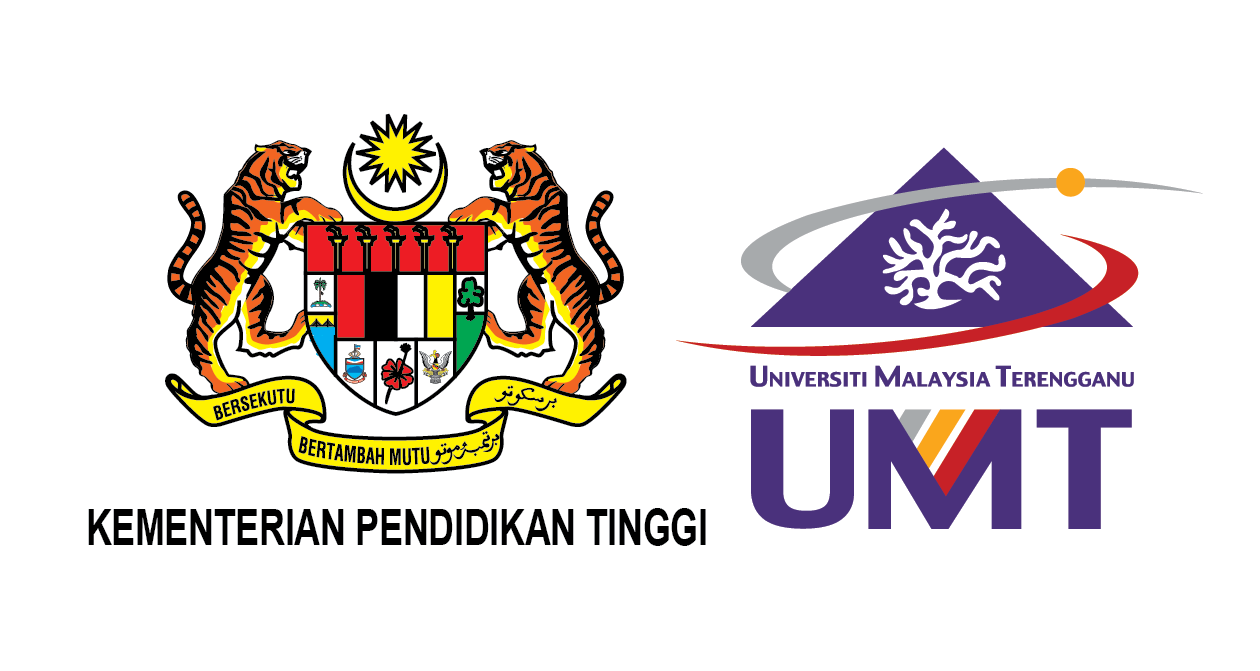Please use this identifier to cite or link to this item:
http://umt-ir.umt.edu.my:8080/handle/123456789/10977Full metadata record
| DC Field | Value | Language |
|---|---|---|
| dc.contributor.author | Nurul Nur Hawa Jaffar | - |
| dc.date.accessioned | 2018-11-29T02:24:45Z | - |
| dc.date.available | 2018-11-29T02:24:45Z | - |
| dc.date.issued | 2013 | - |
| dc.identifier.uri | http://umt-ir.umt.edu.my:8080/xmlui/handle/123456789/10977 | - |
| dc.description.abstract | The samples of fertilized eggs of Tachypleus gigas were taken from The Horseshoe Crab Aquaculture Farm, Sedili Kecil, Johor. The eggs were brought back to hatchery and wait until they hatched into trilobite larvae. The larvae were reared through the first tailed stage under five different temperature (10, 20, 25, 30 and 35 ° C) with three replicate for each treatment. The percentage of survival and the percentage of moulting were observed. Low temperature recorded the low survival. Rapid increase in mortality can be observed in treatment 10° C. The high water temperature was not favourable for the survival and growth oflarvae. Larvae in the treatment of 25 and 30° C do not change from the start to the end of the experiment and the survival nearly I 00%. Horseshoe crabs must moult for growing, same as other a1ihropods. ln current study, the moulting process only occurs in the treatment of 25 and 30° C. The larvae can tolerate with wide range of temperature. | en_US |
| dc.language.iso | en | en_US |
| dc.publisher | Terengganu: Universiti Malaysia Terengganu | en_US |
| dc.subject | LP 32 FMSM 2 2013 | en_US |
| dc.subject | Nurul Nur Hawa Jaffar | en_US |
| dc.title | Effect of temperature on trilobite larvae of Malaysian horseshoe crab (Tachepleus gigas; Muller) for better survival | en_US |
| dc.type | Working Paper | en_US |
| Appears in Collections: | Fakulti Pengajian Maritim dan Sains Marin | |
Files in This Item:
| File | Description | Size | Format | |
|---|---|---|---|---|
| LP 32 FMSM 2 2013 Abstract.pdf | 757.84 kB | Adobe PDF | View/Open | |
| LP 32 FMSM 2 2013 Full Text.pdf Restricted Access | 2.29 MB | Adobe PDF | View/Open Request a copy |
Items in UMT-IR are protected by copyright, with all rights reserved, unless otherwise indicated.

